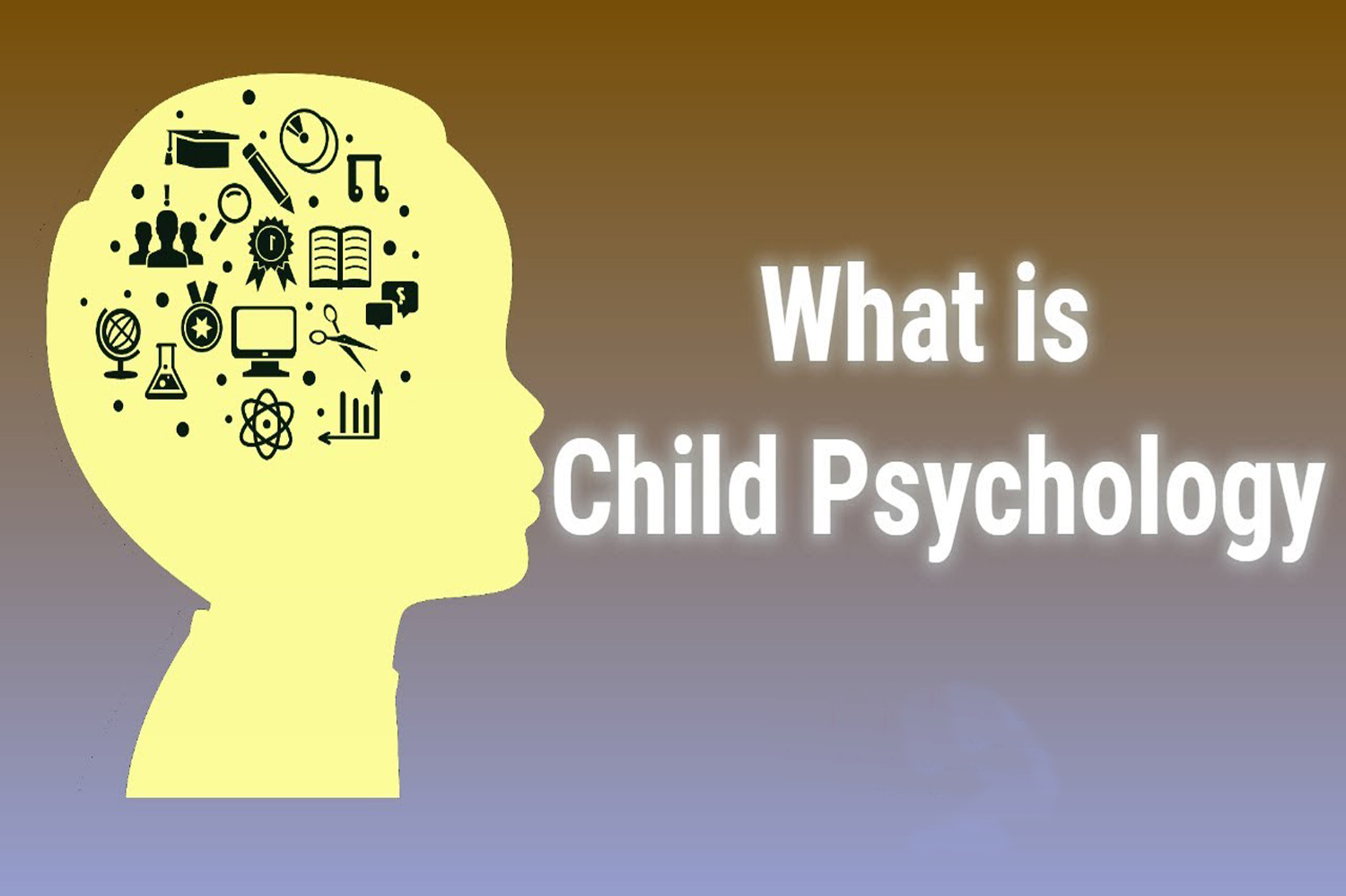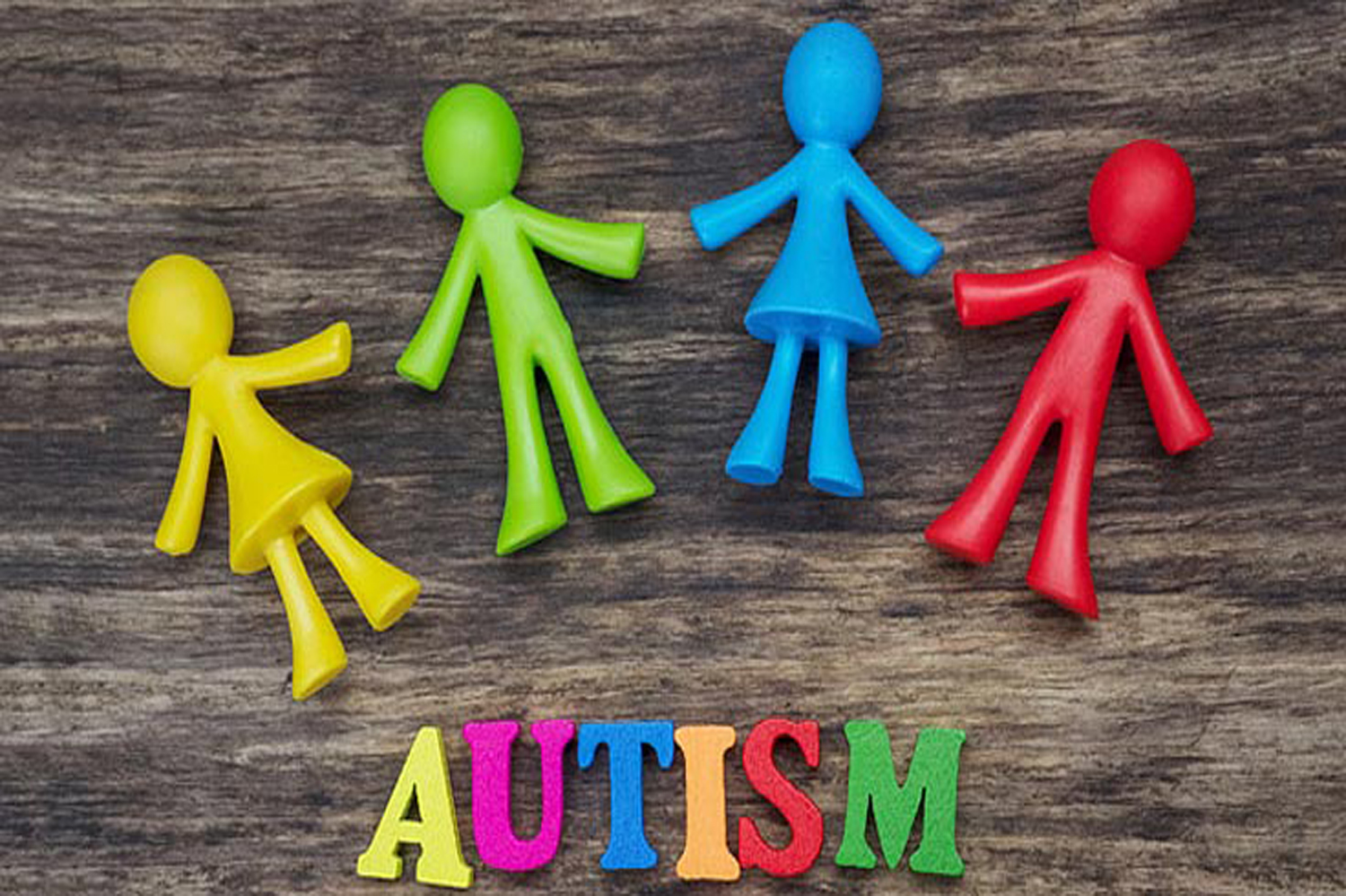

Behavior modification is a method used to replace negative behavior patterns with desired Behavior modification is a method used to replace negative behavior patterns with desired behaviors or promote behavior change. “I use behavior modification to help my clients replace unwanted behaviors with more desirable ones by using different operations such as praise, approval, and token economies,” says Talkspace therapist Cynthia Catchings, LCSW-S, LCSW-C, CMHIMP, EMDR.
The principles of the practice come from the work of B.F. Skinner and his theory of operant conditioning. Building on Thorndike’s Law of Effect, which states that a behavior that has a good outcome will likely recur more frequently than an action met with a negative outcome, Skinner added the idea of reinforcement. Essentially, if a behavior is reinforced (i.e. praised or strengthened in some way), it will continue. If the undesirable behavior is ignored, it will gradually fade away until it stops. This technique helps rid an individual of unwanted behavior while supporting deep positive change. It is a common form of treatment for substance abuse and some mental health conditions. or promote behavior change. “We use behavior modification to help our clients replace unwanted behaviors with more desirable ones by using different operations such as praise, approval, and token economies,” says Talkspace therapist Cynthia Catchings, LCSW-S, LCSW-C, CMHIMP, EMDR.
The principles of the practice come from the work of B.F. Skinner and his theory of operant conditioning. Building on Thorndike’s Law of Effect, which states that a behavior that has a good outcome will likely recur more frequently than an action met with a negative outcome, Skinner added the idea of reinforcement. Essentially, if a behavior is reinforced (i.e. praised or strengthened in some way), it will continue. If the undesirable behavior is ignored, it will gradually fade away until it stops. This technique helps rid an individual of unwanted behavior while supporting deep positive change. It is a common form of treatment for substance abuse and some mental health conditions.
| Share with


Autism is a term that generates mixed emotions and reactions in parents. When they first hear that their child has “Autism” they have difficulty in describing the symptoms. Some parents are in denial, some are confused by what it means, some are angry at themselves and some blame each other.
Autism Spectrum Disorders were once thought to be uncommon with a reported prevalence of 4 per 10,000 in the mid 1960s. In the early 1980s the International Autistic Society estimated 2 cases of autism per 5,000 children. From the 1980s to 2000, this number has gone up to an astonishing ratio of 1 in 68 children being diagnosed with autism.
Autism Spectrum Disorders (ASD) is a group of childhood developmental disorders that are characterized by problems in social interaction, communication and repetitive behaviors. In children with autism, functioning of some areas of the brain is compromised. This leads to problems in understanding, thinking abilities, speech, interactions and communications, play, learn and in relating to others. Despite a normal physical appearance, the daily functioning of the child is affected. As a parent of child with autism, one may frantically look for all possible treatment options for their child.
Autism management requires a multi-disciplinary treatment approach which includes administration of certain drugs to control a few behavior issues as well as planned therapy programs such as behavior therapy, occupational therapy, special education, speech therapy, art therapy, dance therapy, play therapy and physiotherapy.
Although these therapies help in managing the child up to some extent, they are unable to work on the underlying brain damages seen in children with autism. Researchers and doctors are now looking at regenerative therapy using stem cells as potential therapy for children showing symptoms of autism.
| Share with
Copyright @2024 All rights reserved by Genesis Neurogen Rishabh Vihar.